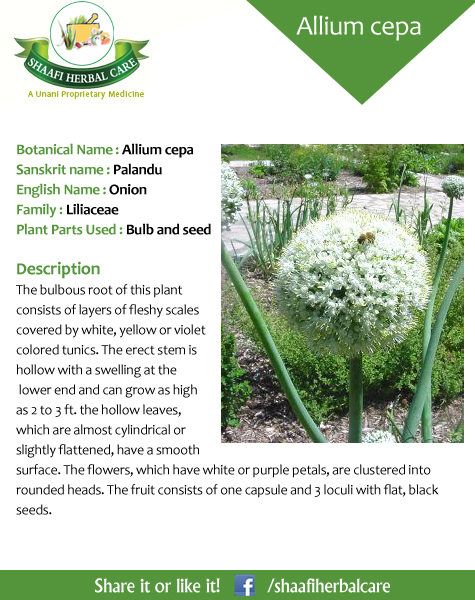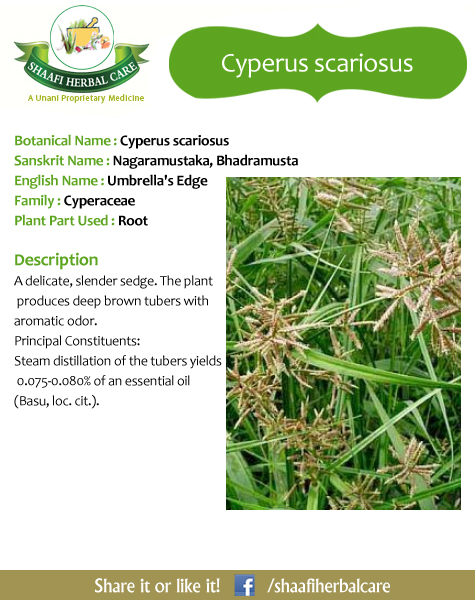
Description of Urginea scilla:
It is a perennial plant with fibrous roots proceeding from the base of a large, tunicated, nearly globular bulb, 4 to 6 inches long, the outer scales of which are thin and papery, red or orange-brown in colour. The bulb, which is usually only half immersed in the sand, sends forth several long, lanceolate, pointed, somewhat undulated, shining, dark-green leaves, when fully grown 2 feet long. From the middle of the leaves, a round, smooth, succulent flower-stem rises, from 1 to 3 feet high, terminating in a long, close spike of whitish flowers, which stand on purplish peduncles, at the base of each of which is a narrow, twisted, deciduous floral leaf or bract. The flowers are in bloom in April and May and are followed by oblong capsules.
It is a very variable plant, the bulb differing greatly in size and colour, and the leaves of the flower presenting similar varieties, which has led to the formation of several species, about twenty-five species having been described. Two varieties of Squill, termed respectively white and red, are distinguished by druggists. In the first named, the bulb scales are whitish or yellowish in colour, whereas the red species has deep, reddishbrown outer scales and yellowish white inner scales, covered with a pinkish epidermis, intermediate forms also occurring. No essential difference exists in the medicinal properties of the two kinds.
Constituents— The chemical constituents of Squill are three bitter glucosidal substances Scillitoxin, Scillipicrin and Scillin.
Medicinal Uses:
The mediaeval reputation of Squill was originally as a diuretic, the older authorities attributing its diuretic action to a direct stimulant effect upon the kidney.Squill stimulates the bronchial mucous membrane and is given in bronchitis after subsidence of the acute inflammation. It is generally used in combination with other stimulating expectorants, its effects being thereby increased, and is considered most useful in chronic bronchitis, catarrhal affections and asthma. The tincture is administered combined with other expectorants, especially ipecacuanha and ammonium carbonate. Vinegar, Oxymel and Syrup of Squill are also common constituents of expectorant cough mixtures.It has also been given as an emetic in whooping-cough and croup, usually combined with ipecacuanha, but as an emetic is considered very uncertain in its action.In poisonous doses, Squill produces violent inflammation of the gastro-intestinal and genito-urinary tracts, manifested by nausea, vomiting, abdominal pains and purging, and, in addition, dullness, stupour, convulsions, a marked fall in temperature, enfeebled circulation and sometimes death.The powdered drug and extracts made from it have been largely used as rat poisons and are said to be very efficacious, the red variety being preferred for this purpose, although there would not seem to be sufficient evidence of its superiority.


